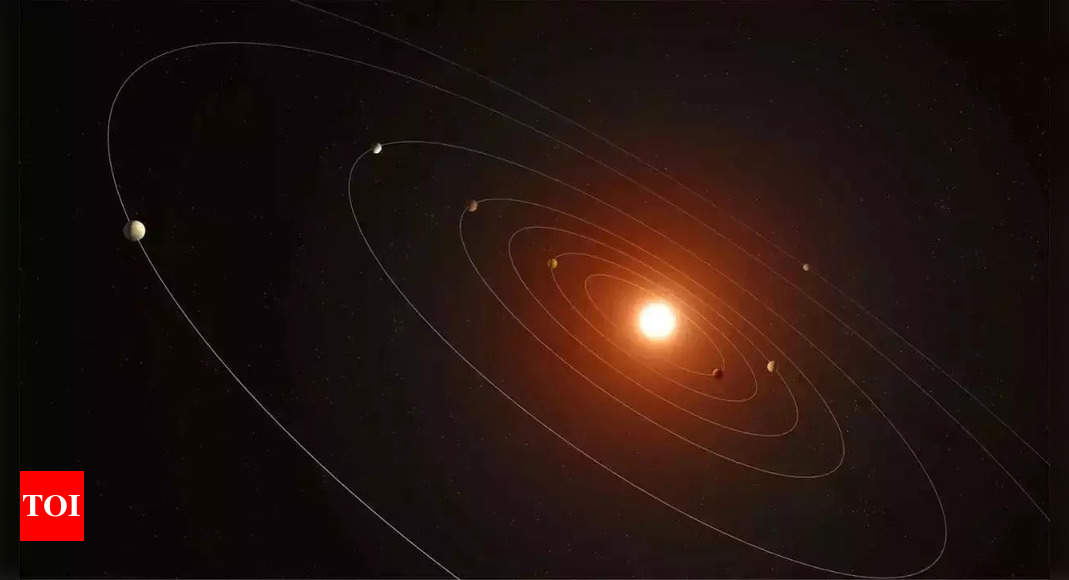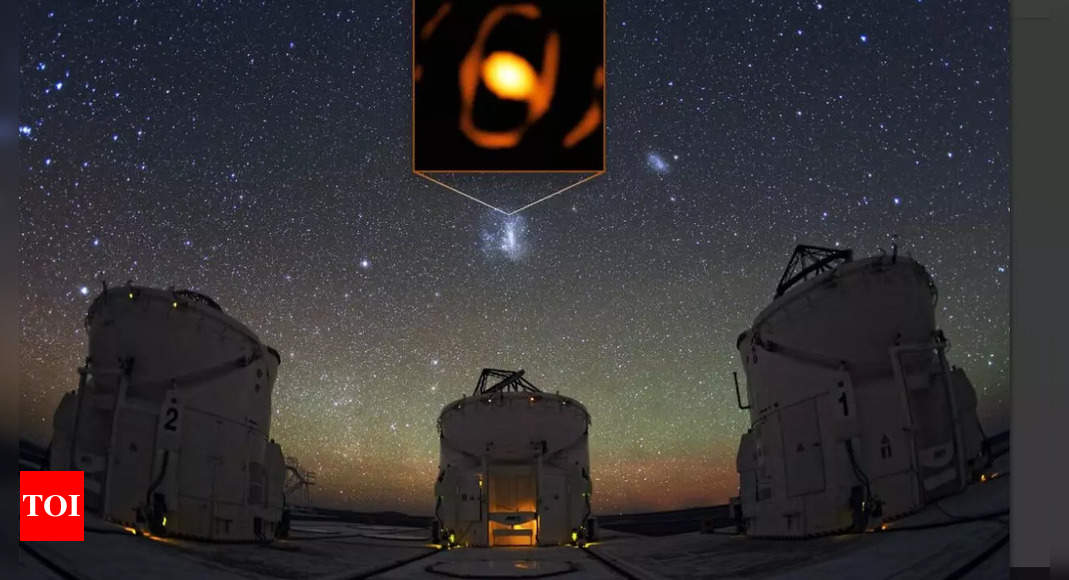
5 cosmic enigmas that baffle scientists
The elusive planet nine: Is it real?
Deep within our solar system, far beyond Neptune’s orbit, scientists suspect the presence of a massive, unseen planet known as Planet Nine. This theoretical world, estimated to be 5 to 10 times the mass of Earth, may be influencing the orbits of distant icy objects. Although no direct evidence has yet been found, the upcoming Vera C. Rubin Observatory, with its ten-year time-lapse project, might finally confirm or debunk the existence of this elusive planet.
The runaway black hole: A cosmic escape artist
In April 2023, astronomers discovered a runaway black hole travelling through space at an astonishing 4,500 times the speed of sound. This black hole, estimated to be 20 million times the mass of our sun, is leaving a trail of stars more than 200,000 light-years long. Researchers speculate that it may have been ejected from its galaxy due to a rare gravitational interaction involving multiple black holes. If confirmed, this would be the first evidence of a black hole escaping its galaxy.
JUMBOs: The mysterious rogue planets
The James Webb Space Telescope (JWST) recently identified over 500 rogue planets, known as JUMBOs (Jupiter-mass binary objects), drifting through the Orion Nebula. These planets, some found in binary pairs, present a significant puzzle for astronomers. Theories range from direct formation in interstellar space to gravitational disturbances by passing stars. The true origins and nature of these rogue planets remain one of the biggest mysteries in astronomy.
The Fermi Bubbles: Galactic eruptions unveiled
The Fermi Bubbles, two enormous lobes of energy extending 25,000 light-years above and below the centre of our galaxy, are visible only through gamma-ray and X-ray observations. These structures are thought to be the result of a colossal explosion from our galaxy’s central black hole, which began around 2.6 million years ago. The recent discovery of these bubbles suggests that our black hole may have been more active in the recent past than previously believed.
The cosmic question mark: A galactic mystery
The James Webb Space Telescope also captured an intriguing image of a deep-space formation shaped like a question mark. This ancient object, whose exact nature and distance are unknown, might be a single galaxy or multiple galaxies in the midst of a chaotic merger. The question mark shape and its reddish hue indicate it is extremely old, adding to the list of cosmic puzzles that challenge our understanding of the universe.
Also Read | ESA unveils ‘spooky smiley face’ on Mars – see the fascinating image and how netizens are reacting









